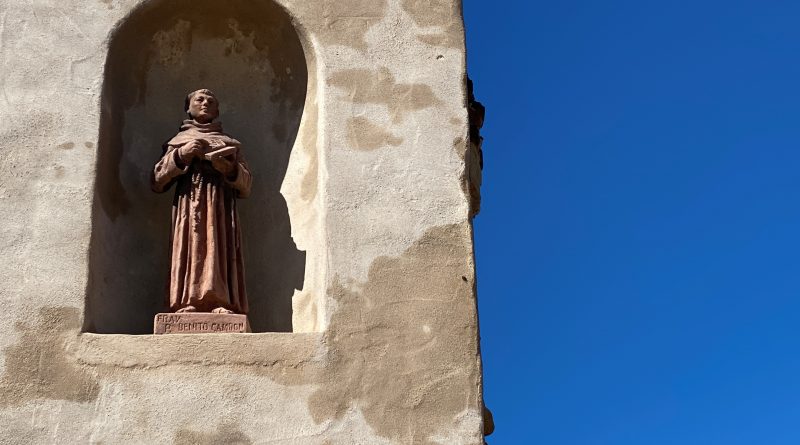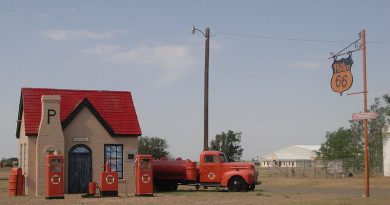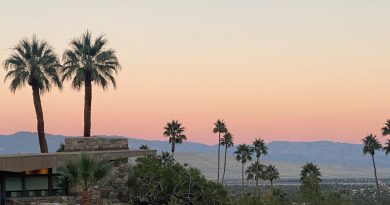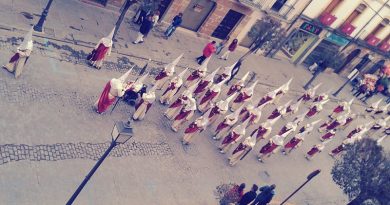The Camino Real: California’s Royal Road
During its colonisation of Central America , the Spanish Empire built a series of roads linking Mexico City with a series of isolated missions in the remote desert territories of what is now the south western states of the United States.
The roads were built in order to expand the territory of Empire , to open up trade routes and evangelise the Indian populations .These Royal Roads, as they were known , linked missions and outposts in Texas, Arizona, New Mexico and California .
The Camino Real was the road that linked the 21 missions established by the Spanish in California from the middle of the 18th century .
The mission settlements were approximately 30 miles apart, so that they were separated by one long day’s ride on horseback along the 600-mile long route . Tradition has it that the Spanish padres sprinkled mustard seeds along the trail to mark the windings of the trail’s northward progress with bright yellow flowers.
Between 1683 and 1835, Jesuit and Franciscanmissionaries established a series of religious outposts from today’s Baja California and Baja California Sur into present-day California. stretching from San Diego to Sonoma.
Heavy freight and long distance passenger movement was practical only via ships by a coastal water route.
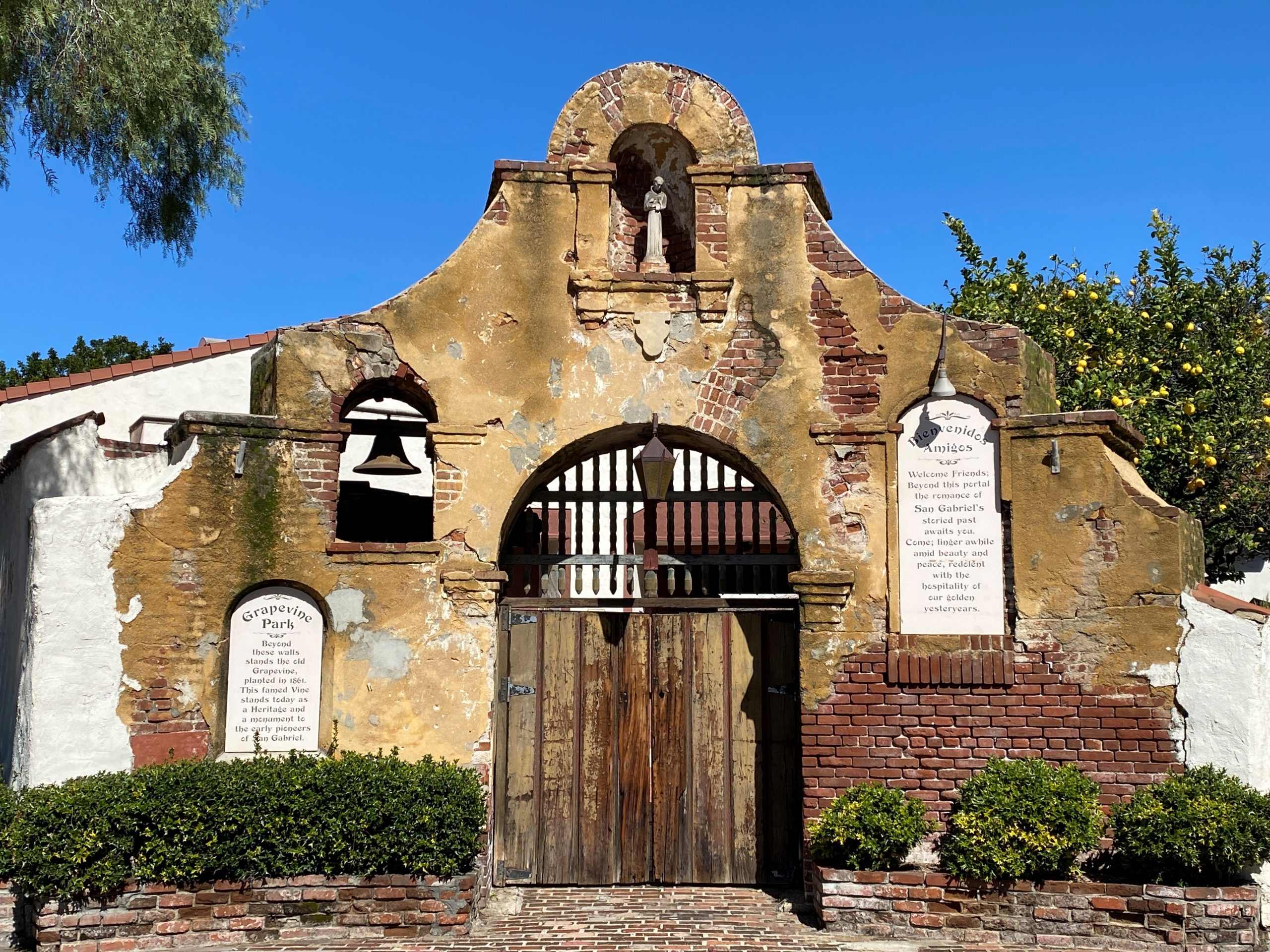
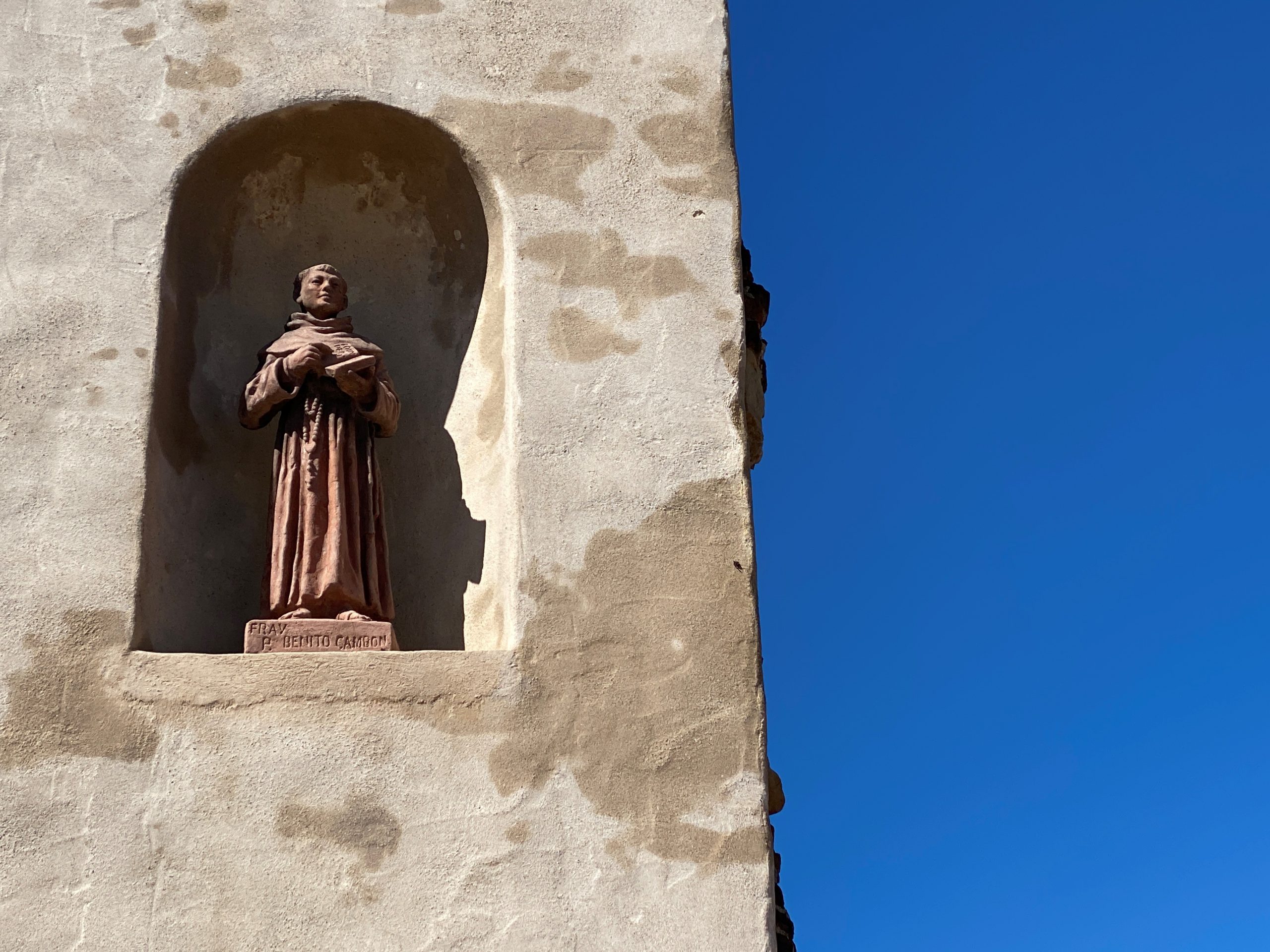
The mission at San Gabriel Archangel , near Pasadena was established in 1771 – it was the fourth of the 21 missions .Although San Gabriel once furnished food and supplies to settlements and other missions throughout California, a majority of the Mission structures fell into ruins after it was secularised in November 1834.
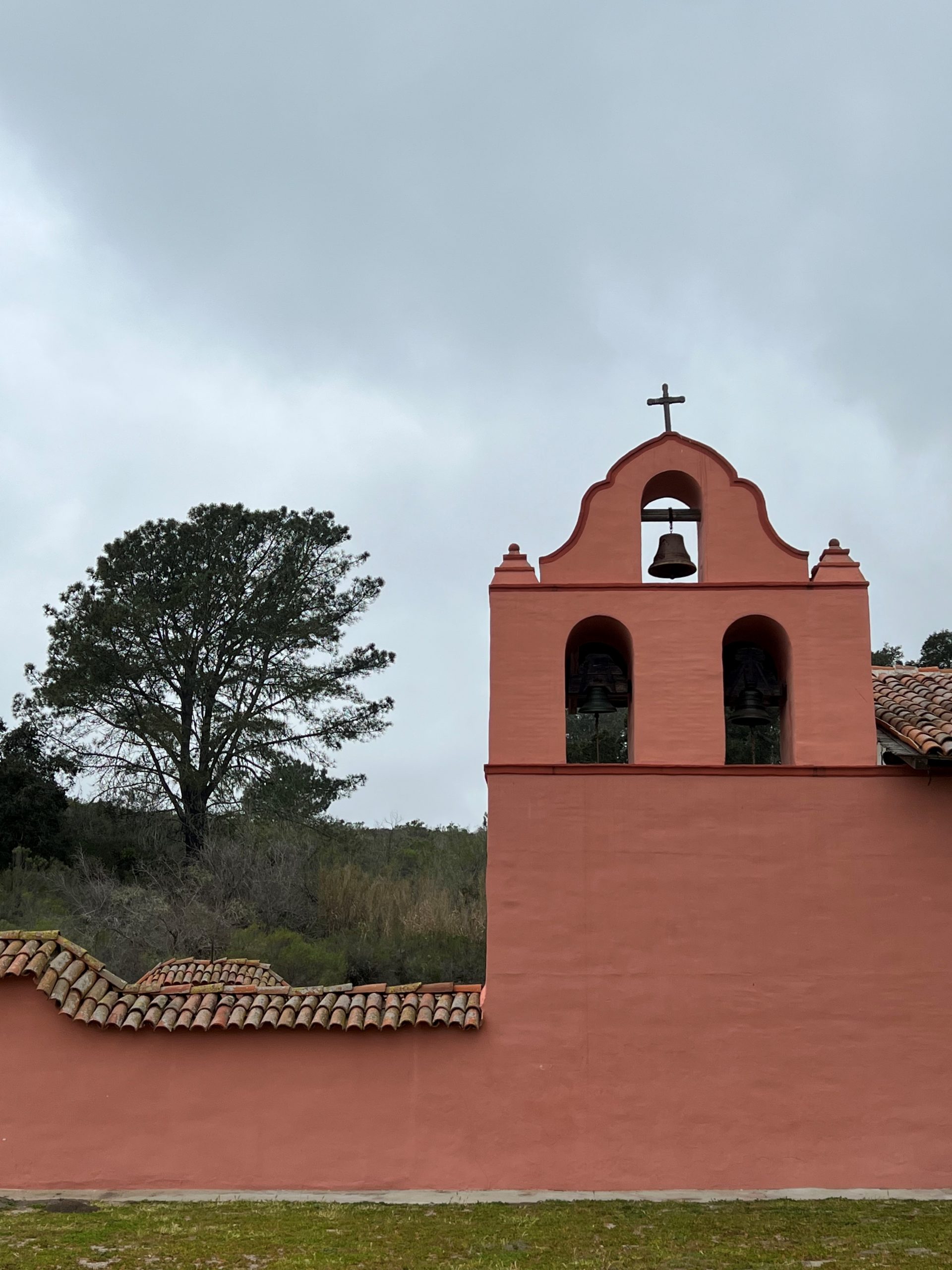
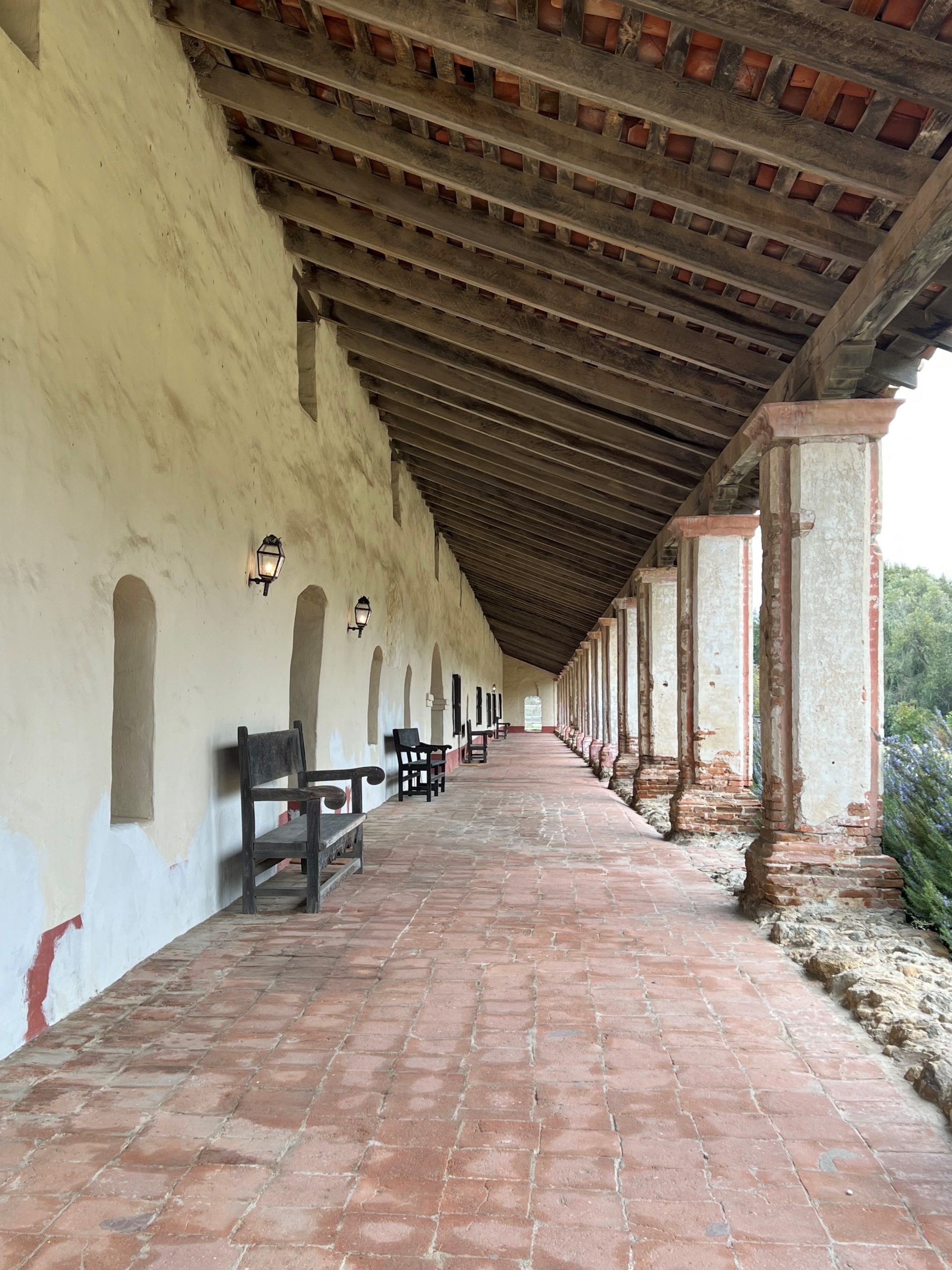
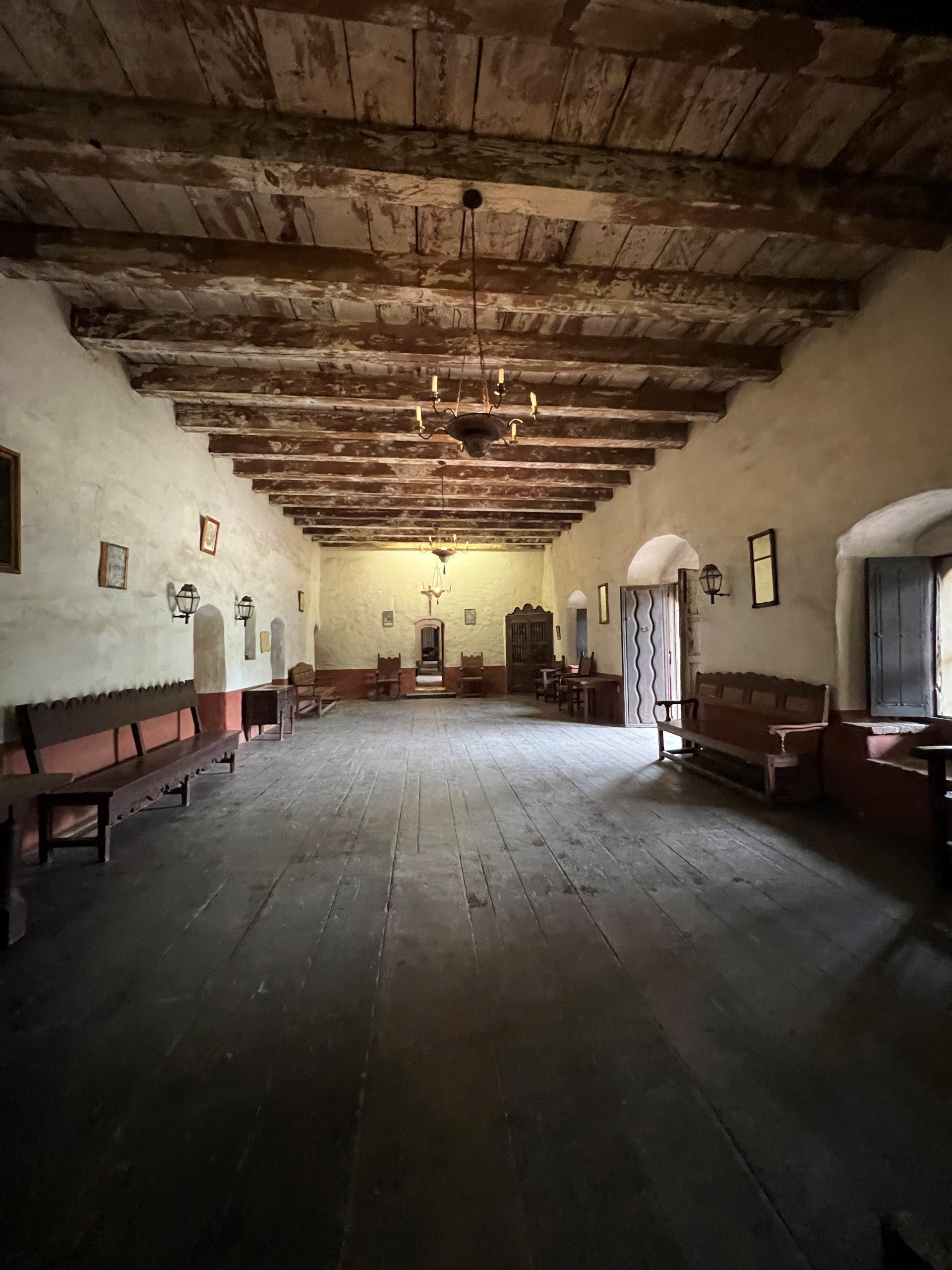
The La Purisima Mission was established north of Santa Barbara near the modern day city of Lompoc in 1787, with a view to evangilisiing the local Chumash Indians .
The mission produced goods such as soap and leather in which to trade and became home to a large livestock population including hundreds of horses and mules and thousands of sheep .
However the Chumash were devaststed by diseases in the early 19th century including smallpox and measles.
And after California came under the control of the newly independent but financially stretched Mexican Government in 1824, support for the mission project withered and over time La Purisima like many other missions in California fell into ruin.
In the 21st century preservation efforts have restored many of these historic buildings and re tell the story of mission life .

